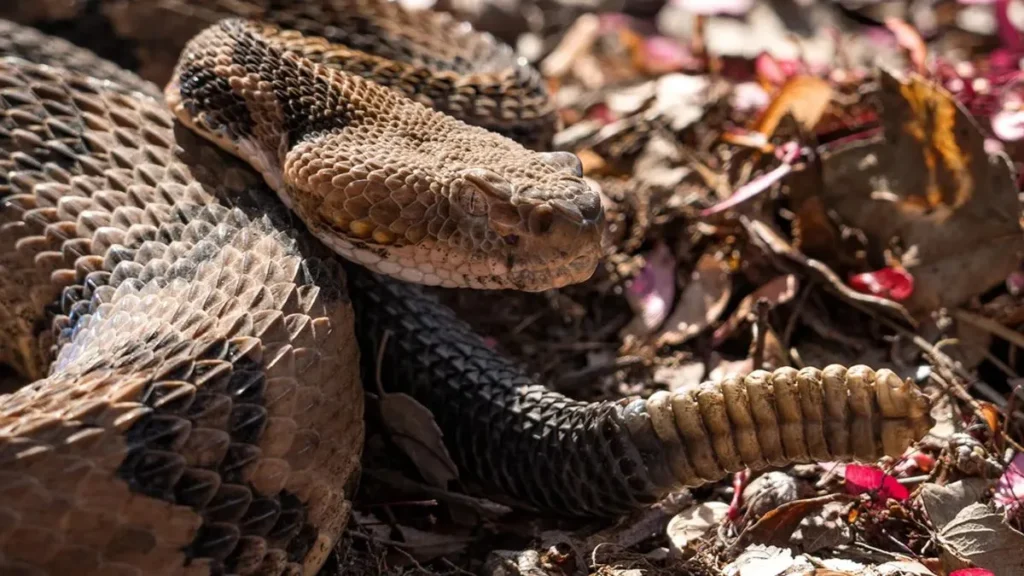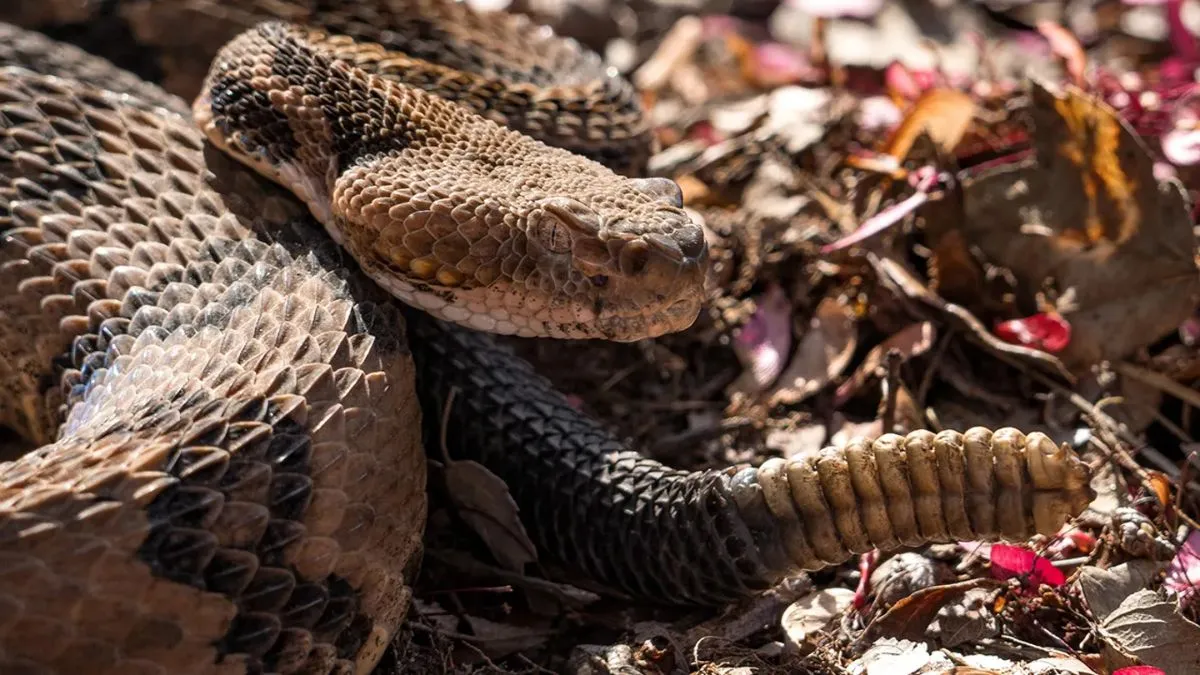A Tennessee hiker suffered a fatal rattlesnake bite in Savage Gulf State Park after picking up a timber rattlesnake. Emergency responders performed CPR, but the hiker later died. Learn safety tips and more.
Tennessee Hiker Rattlesnake Bite: Tragic Incident in Savage Gulf State Park

A Tennessee hiker rattlesnake bite incident turned fatal last Friday when a man picked up a timber rattlesnake in Savage Gulf State Park. According to officials, the hiker suffered a bite to the hand, leading to a medical emergency that ultimately resulted in his death.
Grundy County Emergency Management Agency representative Matthew Griffith told Fox News Digital that the timber rattlesnake is considered “the largest and the most dangerous of the four venomous snakes in Tennessee.”
This tragic occurrence highlights the importance of wildlife awareness and caution while hiking.
What Happened During the Incident
Witnesses reported that the hiker picked up the rattlesnake, which immediately bit him on the hand. Emergency responders arrived quickly, performing CPR at the scene located about half a mile from the trailhead. The hiker was transported to a hospital but later succumbed to his injuries.
Griffith noted that it is believed the hiker had an allergic reaction to the venom, though full details of the cause of death have not been officially released.
This incident marks a reminder that a Tennessee hiker rattlesnake bite can become fatal if not treated promptly.
Understanding Timber Rattlesnakes
The timber rattlesnake (Crotalus h. horridus) is native to Tennessee and recognized for its size and potency. Key features include:
- Length: 36 to 60 inches
- Large, triangular head
- Vertical pupils
- Distinct rattle at the tail’s end
Timber rattlesnakes are generally non-aggressive but can defend themselves if provoked. Their venom can cause severe reactions, including shock and coagulopathy. Even a single bite can be deadly, underscoring the danger of handling these snakes.
Experts say this incident is a prime example of why encountering a Tennessee hiker rattlesnake bite should be treated with the utmost caution.
Safety Guidelines for Hikers
To avoid snakebite incidents, hikers are urged to follow safety protocols:
- Avoid Handling Snakes: Never pick up or touch snakes encountered in the wild.
- Stay on Trails: Stick to marked paths to reduce encounters with venomous snakes.
- Protective Clothing: Wear long pants and snake-proof boots when hiking in snake-prone areas.
- Remain Calm: If you see a snake, do not panic; slowly back away.
- Seek Medical Help Immediately: In the event of a bite, call emergency services and get treatment immediately.
Following these tips can prevent fatalities like the Tennessee hiker rattlesnake bite reported in Savage Gulf State Park.
Community Response
Matthew Griffith, from the Grundy County Emergency Management Agency, extended condolences to the family and stressed the importance of respecting wildlife.
“The family of the individual will be in our thoughts and prayers,” Griffith said.
He also emphasized that outdoor enthusiasts should carry first aid supplies and be mindful of potential hazards from wildlife.
Timber Rattlesnake Identification
The Tennessee Wildlife Resources Agency describes the timber rattlesnake as a large, heavy-bodied snake with distinctive markings. Features to look for include:
- Triangular head
- Vertical pupils
- Rattle at the end of the tail
- Gray body with chevron-shaped crossbands
Hikers who familiarize themselves with these characteristics can better avoid dangerous encounters, reducing the risk of a Tennessee hiker rattlesnake bite.
Why This Incident Matters
Snake bites are rare but dangerous, especially when venomous species are involved. This fatal Tennessee hiker rattlesnake bite serves as a reminder of the importance of outdoor safety and awareness. Recreational hikers are encouraged to educate themselves about local wildlife, carry first aid kits, and follow safety protocols.
FAQs About Timber Rattlesnake Bites
1. What should you do if bitten by a rattlesnake?
Remain calm, immobilize the affected limb, and seek immediate medical attention. Do not try to suck out the venom.
2. Are timber rattlesnakes aggressive?
No, they are usually docile and bite only in self-defense.
3. How can I identify a timber rattlesnake?
Look for a large, heavy-bodied snake with a triangular head, vertical pupils, a rattle, and chevron-shaped body markings.
4. Where are timber rattlesnakes found?
They are commonly found in forests, rocky bluffs, and remote areas across Tennessee.
5. How can hikers prevent snake bites?
Stay on trails, wear protective clothing, avoid handling snakes, and remain vigilant in snake-prone areas.
Conclusion
The tragic Tennessee hiker rattlesnake bite in Savage Gulf State Park is a stark reminder of the dangers present in nature. Hikers are urged to respect wildlife, remain cautious, and seek immediate medical care in case of a venomous bite. Safety, awareness, and preparedness can help prevent similar tragedies in the future.

